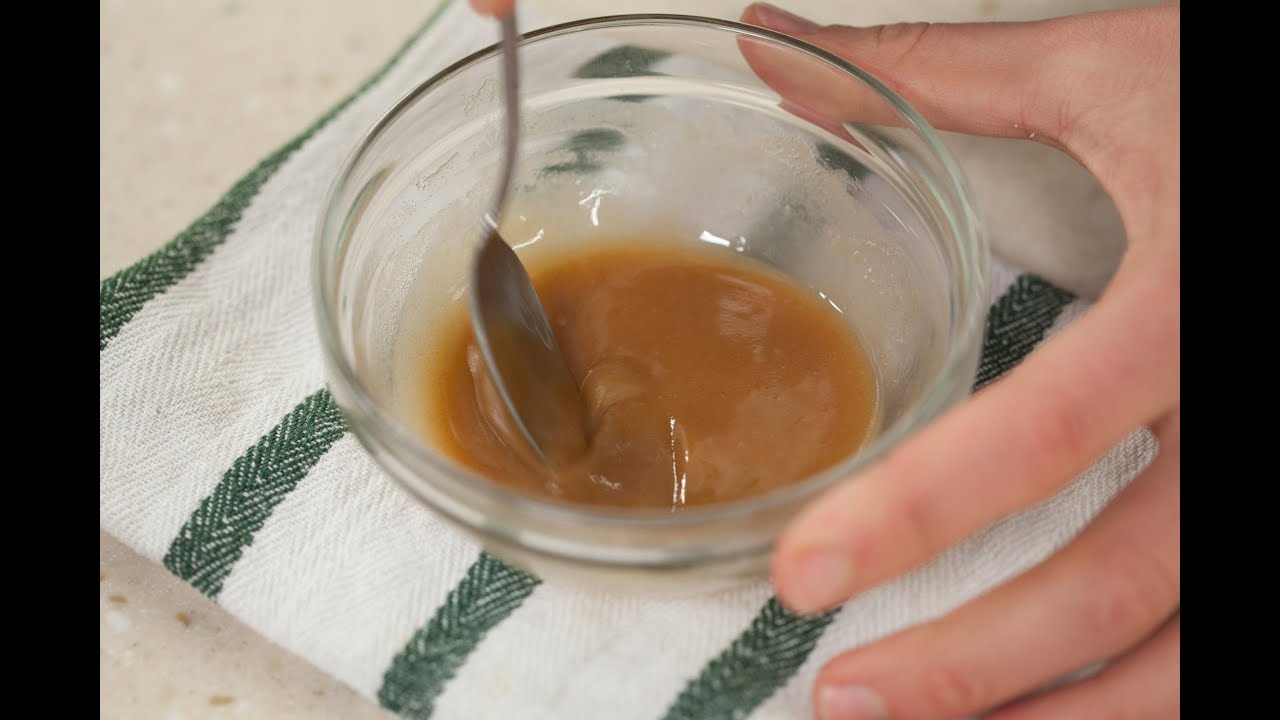➜ The Cook’s Illustrated Thanksgiving Guide:
You can trust the editors of Cook’s Illustrated—experts of all things Thanksgiving—to deliver recipes that work.
WATCH: How to Keep Gravy Warm at the Table
WATCH: Best Thanksgiving Gadgets
Roux, a cooked mixture of flour and fat, is often used to thicken gravy; cooking takes the raw edge off the flour and gives it a nutty, toasted flavor. But what happens if you find that your gravy is too thin at serving time? Rather than dirtying another pan, you can make a quick roux in the microwave and then add it to the gravy to achieve the desired thickness.
Mix 2 tablespoons of flour with 2 tablespoons of vegetable oil, and microwave the mixture for one and a half minutes. Take it out, stir it, and then microwave it again for 45 seconds, and then stir it again, followed by 45 more seconds in the microwave. Make sure to stir carefully (the roux is really hot) and use a bowl with plenty of capacity. If the roux isn’t dark enough, keep microwaving it and stirring in 15-second increments until it is.
Make sure to use a microwave-safe measuring cup or bowl. We recommend placing it on a dry dish towel when you remove it from the microwave since it’s best to avoid placing very hot tempered glass directly onto a cold surface.
Then, to increase the thickness of the gravy, stir in one tablespoon of the roux at a time until you’re happy with the consistency.
America’s Test Kitchen is a real 2,500 square foot test kitchen located just outside of Boston that is home to more than three dozen full-time cooks and product testers. Our mission is simple: to develop the absolute best recipes for all of your favorite foods. To do this, we test each recipe 30, 40, sometimes as many as 70 times, until we arrive at the combination of ingredients, technique, temperature, cooking time, and equipment that yields the best, most-foolproof recipe.
Each week, the cast of America’s Test Kitchen brings the recipes, testings, and tastings from Cook’s Illustrated magazine to life on our public television series. With more than 2 million viewers per episode, we are the most-watched cooking show on public television.
More than 1.3 million home cooks rely on Cook’s Illustrated and Cook’s Country magazines to provide trusted recipes that work, honest ratings of equipment and supermarket ingredients, and kitchen tips.
Related posts
12 Comments
Leave a Reply Cancel reply
You must be logged in to post a comment.


You can also puree roasted veggies in a blender and add the purée to the gravy. Instant thickness!
You saved my dinner, thank you for this quick, easy to understand lesson that used things I had on hand. Cornstarch was not one of them!
In video, you said "2 tbsp flour with 2 tbsp vegetable oil"… Can BUTTER be used in place of the vegie oil?
This was so helpful Thanks!!!!
I tried to do this thickening method. My gut said that the recommended time was too long but unfortunately I didn’t listen to my gut. I used a small glass bowl, followed directions and zapped it for 1 1/2 minutes, stirred it, zapped for almost another 1 1/2 minutes. The bowl broke and the thickener was black and smoking ( a big cloud of smoke) . What a piss off.
In a pinch I use Thick it to thicken my gravy
Honestly ruined my gravy .followed directions .Yet it tasted like burnt oil. And No it was not over done it was done to directions. My microwave still stinks .Thank goodness for vinegar !
We're cooking with a microwave now? Europe.
Can you do this with animal based oils ie bacon grease or turkey drippings?
Great advice! And easy!
Good tip, if you simply must use roux. A cornstarch slurry will accomplish the same thing, however, and doesn't need to have the raw flavor cooked out of it.
Good advice, although all surfaces in your kitchen should be the same temperature – room temperature.
I imagine what he means is that good conductors (metal etc) are more likely to lower the temperature rapidly.